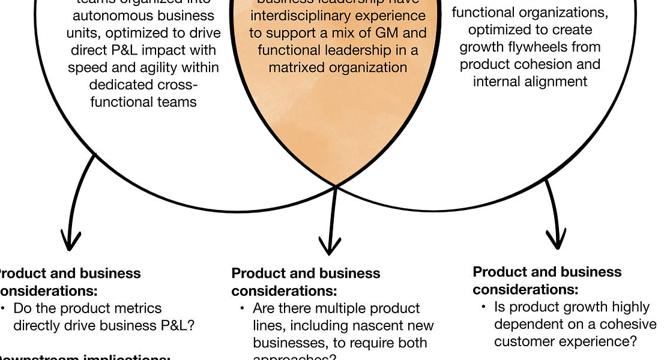Lenny's Newsletter
4M
70

Image Credit: Lenny's Newsletter
General management, functional, and hybrid models: Which org design works best for top companies?
- Moving from one organizational model to another requires careful consideration of the pros and cons of different approaches, including the general management (GM), functional and hybrid models.
- Companies at various stages of their growth can benefit from adopting alternative models, according to former employees of firms including Square, Shopify, and Dropbox.
- Decisions about organizational structure should be based on the company's current life cycle and values, as well as the type of product being offered.
- When the company is in the early stages, the functional model predominates, while the GM model is typically considered when a company has multiple proven product groups and predictable outcomes.
- Most companies prefer a hybrid model that combines aspects of both GM-led and function-led structures.
- Two primary considerations are how close the company's North Star metric is to revenue and how critical the holistic customer journey is to product growth.
- Functional models optimize growth by offering a cohesive customer journey, which integrates new products surfacing organically with existing ones.
- Organizational design has downstream effects on a company's culture, as well as the types of talent it aims to retain.
- Companies also need to consider whether they can support redundant teams with the functional approach, while GM organizations often take a hybrid approach.
- Embracing a new organizational model requires careful planning and execution, as well as communication that ensures company leaders, teams and employees are on the same page.
Read Full Article
3 Likes
For uninterrupted reading, download the app